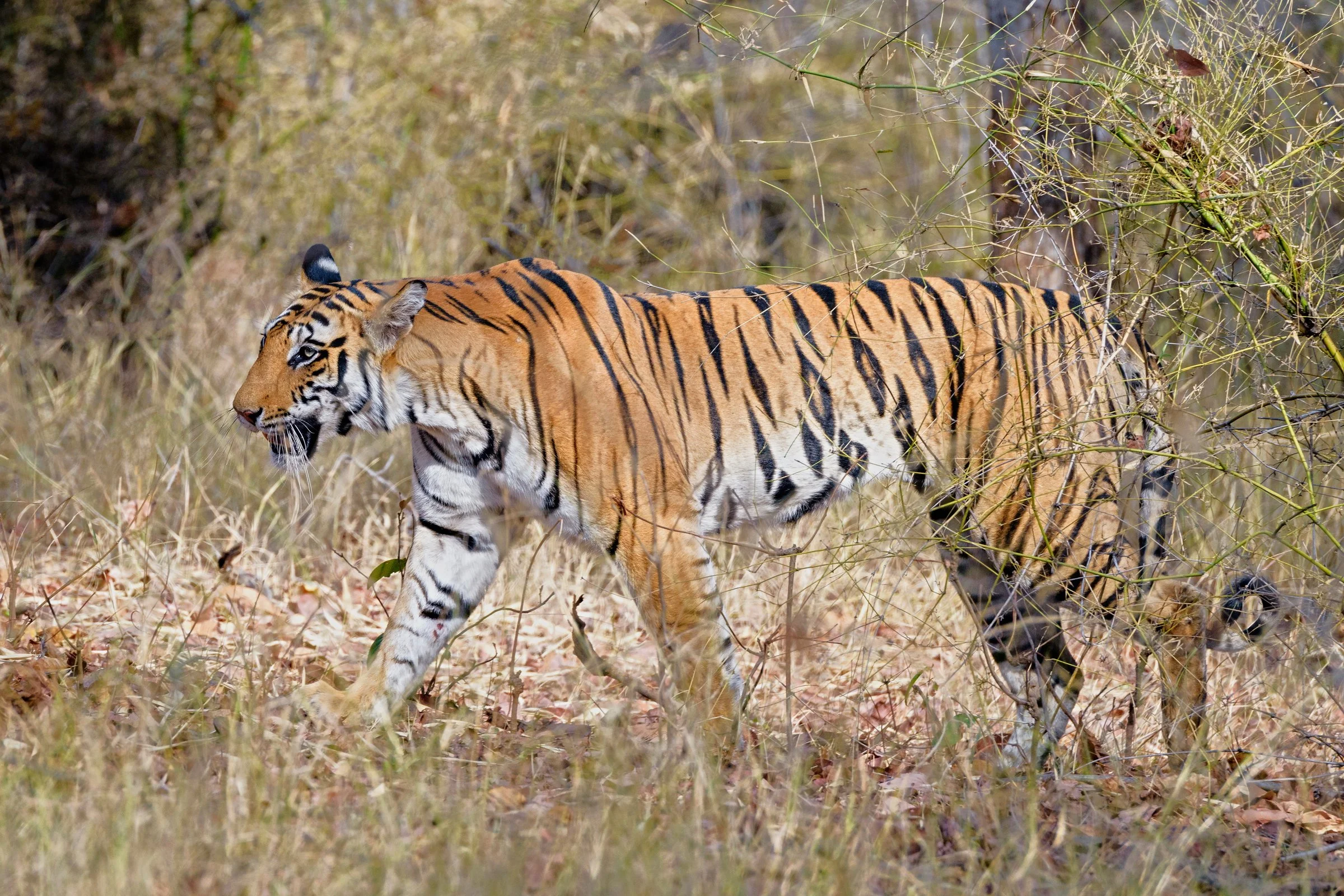
Tiger Conservation in Nepal
Documenting the Bengal Tiger and the People Who Protect It
The Bengal tiger remains one of Nepal’s most powerful symbols of wilderness — an apex predator that keeps the balance of forest ecosystems intact. Yet its survival depends on an intricate network of conservation efforts, from national park management to community engagement and field research. Om Prakash Yadav has spent years photographing these efforts, documenting tigers in their natural habitats and the people working tirelessly to protect them.
His assignments have taken him deep into Chitwan National Park, Bardia National Park, and Parsa National Park — Nepal’s most important tiger landscapes. Through his lens, the tiger is seen not only as a magnificent animal but also as a focal point of coexistence between humans and nature. The photographs reveal intimate moments: a tigress guiding her cubs through elephant grass, researchers installing camera traps, forest guards following pugmarks at dawn, and local communities learning to live alongside predators.
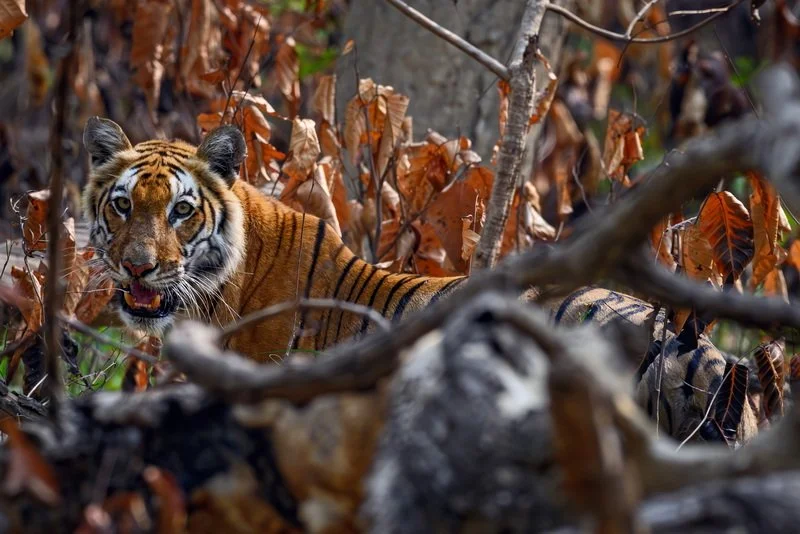
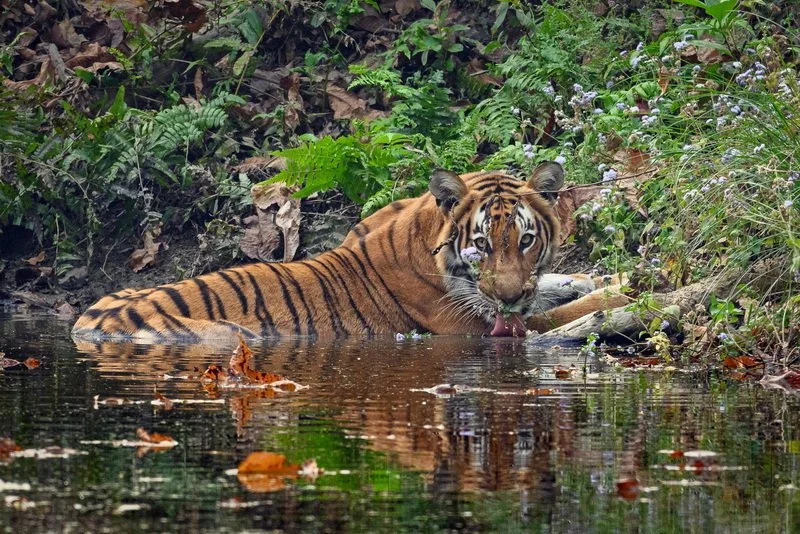
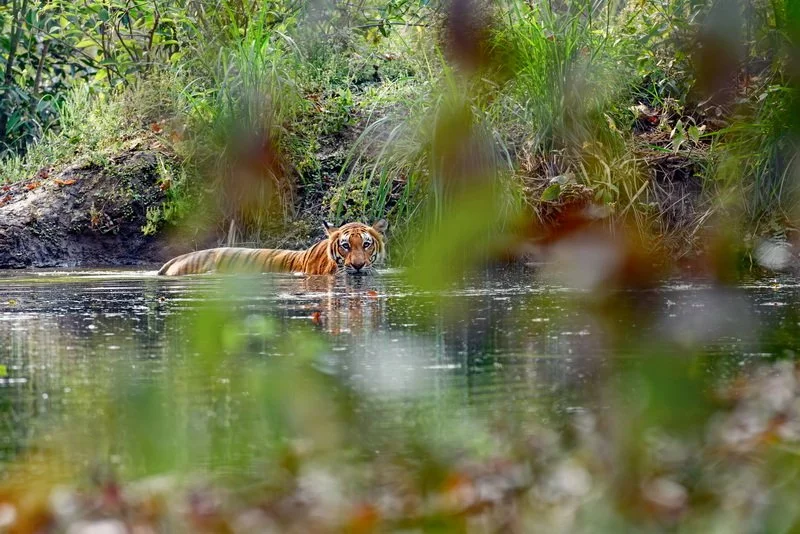
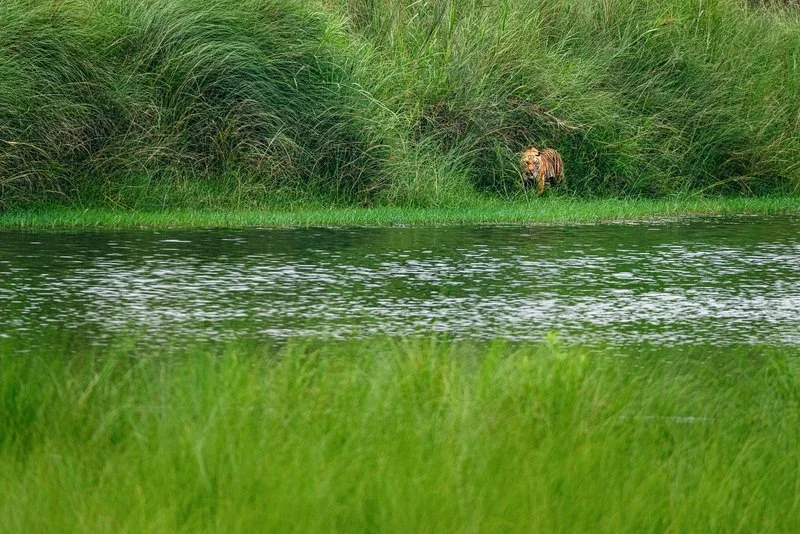
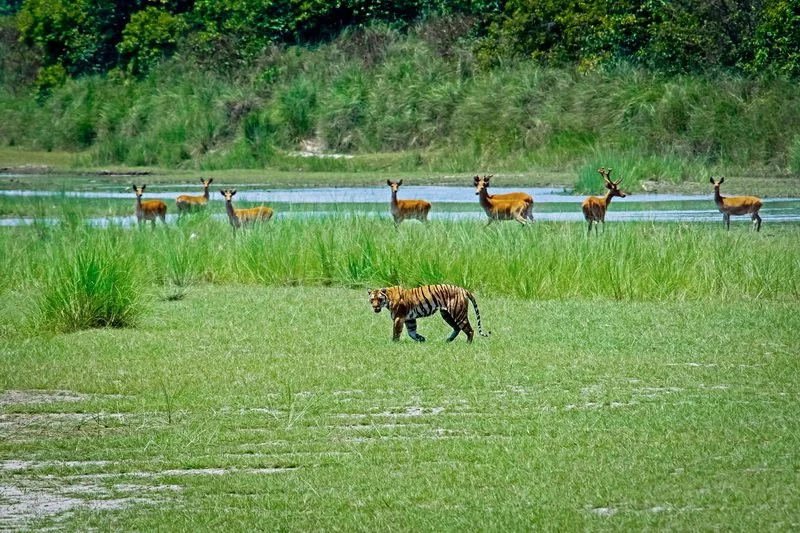
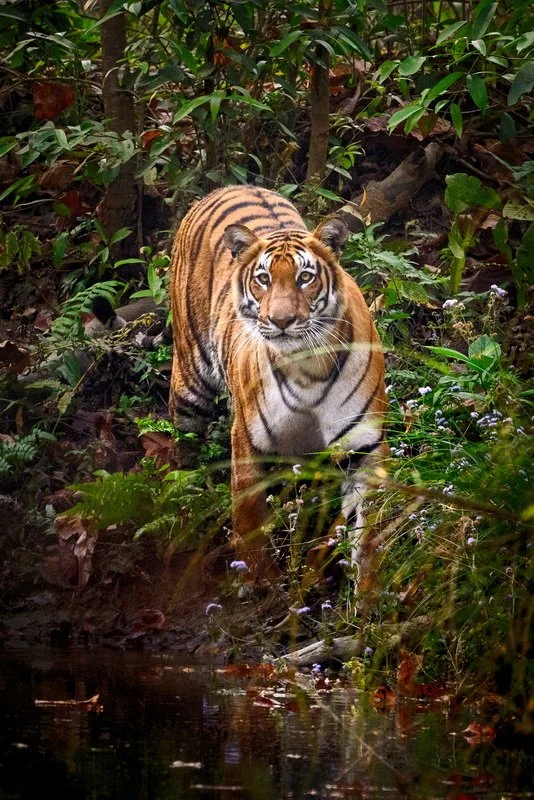
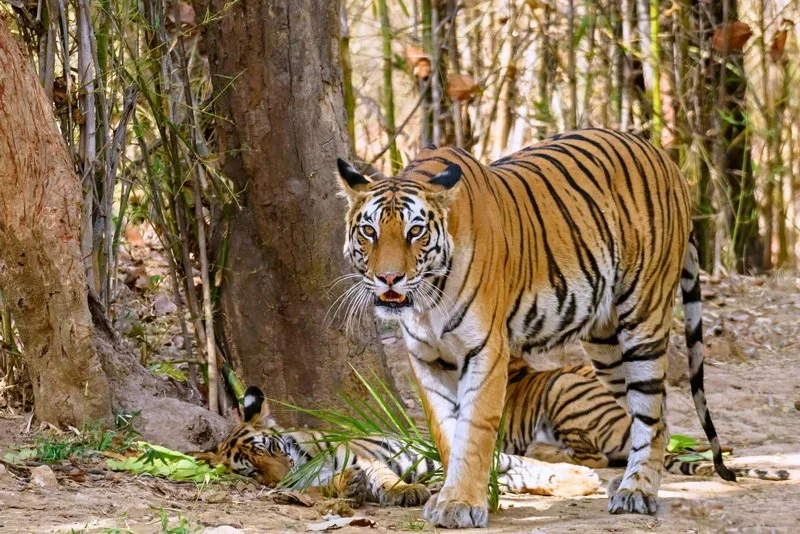
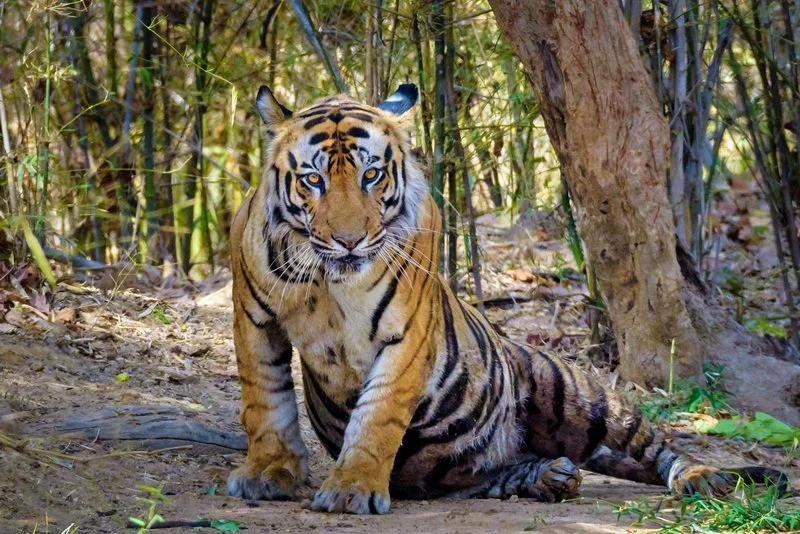
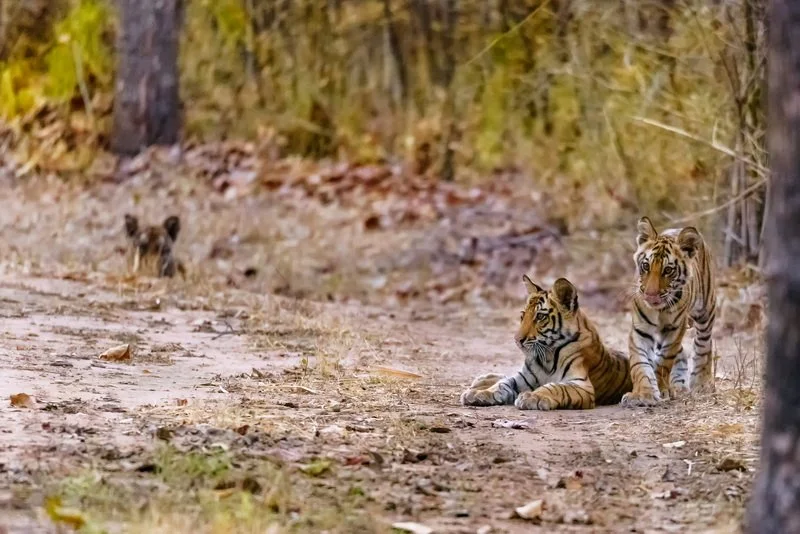
These images are used by conservation NGOs, researchers, and educators to raise awareness about the challenges of tiger conservation. Issues such as habitat fragmentation, poaching, prey depletion, and human–wildlife conflict continue to threaten Nepal’s tiger population. Yadav’s work provides visual evidence that supports field studies and outreach campaigns aimed at protecting core habitats and restoring wildlife corridors connecting Chitwan, Bardia, Parsa, and India’s adjoining reserves.
The project also highlights positive change. Nepal has achieved significant success in increasing its tiger numbers through coordinated anti-poaching operations, improved habitat management, and cross-border collaboration under the Global Tiger Recovery Program. His photographs show not only the wild cats but also the human faces behind conservation — park rangers, biologists, eco-guards, and local farmers who share the landscape.
Each image is created with ethical field practices, avoiding disturbance to wildlife and maintaining scientific accuracy. The storytelling blends field documentation with artistic vision, reflecting both the beauty and the urgency of tiger conservation in Nepal. The portfolio aims to connect viewers with the reality of conservation work — the early-morning patrols, the data collection in humid grasslands, and the silent wait to witness one of nature’s most elusive predators.
Through these visual narratives, Om Prakash Yadav invites audiences to see tigers not just as icons of power but as indicators of ecosystem health. Protecting them means protecting entire forest systems and the countless species that depend on them.
Explore the complete tiger conservation photo story and learn how visual documentation supports research, awareness, and policy action.
